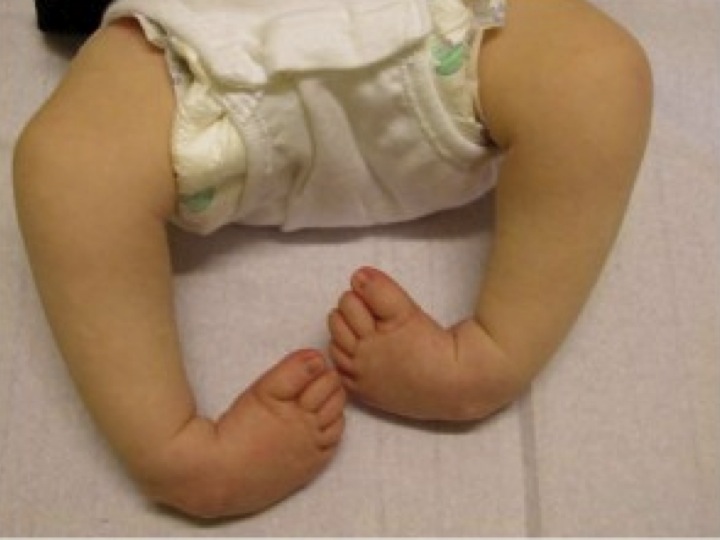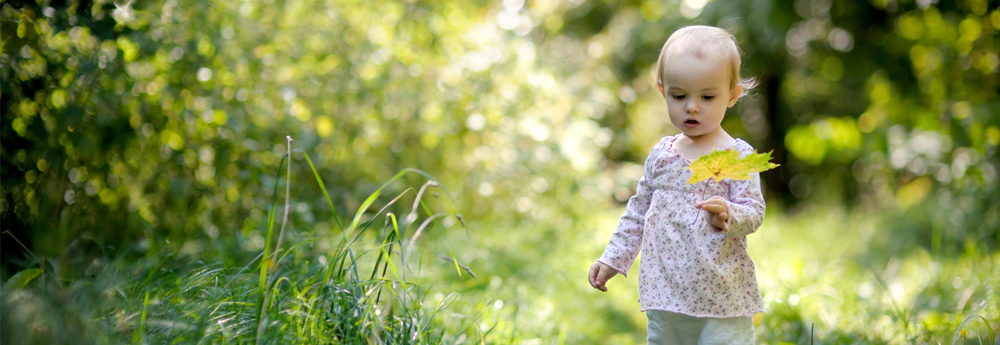
Club Foot

Clubfoot is a relatively common abnormality affecting 1 in 1000 births. In approximately 50% of individuals it affects both feet (Bilateral). It is twice as common in boys as girls.
The cause for clubfoot has not been entirely identified. There is a weak genetic link but in the majority of cases there is no family history. Clubfoot can occur in association with neuromuscular conditions such as Spina Bifida and Arthrogryposis but in more than 90% of cases it is an isolated abnormality and affected children are otherwise fit and healthy.
The foot can look very similar to ‘positional’ talipes but in this case the deformity is due to tight intra uterine conditions towards the end of pregnancy and the deformity corrects with gentle stretching exercises. In true talipes (clubfoot) the deformity develops in the first trimester of pregnancy and can usually be identified on the 20 week ultrsound scan. Spina Bifida can usually be excluded at the same time.
If left untreated affected children will have a severly twisted foot often to the point that they will walk on the back of the foot.
Historically surgery was the main form of treatment for clubfoot. The standard operation was a posteromedial release (PMR). This is now reserved for the most severe cases (often associated with other conditions). More than 90% of patients are now treated by stretching and casting (Ponseti regime). Birmingham Children’s Hospital was one of the first centres in the UK to adopt this technique which is now regarded as the ‘gold standard’ for treatment of CTEV. Mr Bache has been an invited lecturer on the National Ponseti Course.
